A SHIP THAT FINDS ENEMY SUBS IS SMART.
AN AUTONOMOUS FLEET THAT FINDS THEM IS SMARTER.
making smart smarter
With proven autonomous solutions already in the water, Leidos is setting the pace when it comes to the most challenging aspects of Unmanned Vehicle (UxV) requirements—leaving others in our wake.
Leidos bridges a 50-year heritage of supporting the Navy with an unrivaled, innovative approach to solve next level autonomy challenges. As the Navy prepares to bring additional autonomous capabilities to the fleet, Leidos already has ships and small vessels at sea, building on our years of focused effort to design, develop, and deliver fully autonomous vessels for the Navy's most advanced missions.
Sea Archer
Sea Archer™ is a high-speed maritime platform built for high risk missions. This small unmanned surface vessel (sUSV) can reach speeds of up to 40 knots, has a range of 1,500 nautical miles and can carry payloads exceeding 2,000 pounds. Seamless integration with Leidos ADEPT and AlphaMosaic enable smart, autonomous fleet operations.

Sea Ranger
Sea Ranger is part of an unmanned fleet designed to expand and accelerate the U.S. Navy’s experimentation of larger and highly autonomous vehicles. Sea Ranger executes ISR missions and disrupts enemy operations, without putting sailors in harm's way. Built affordably in U.S. Tier III shipyards, it delivers proven capabilities that strengthen U.S. naval dominance.
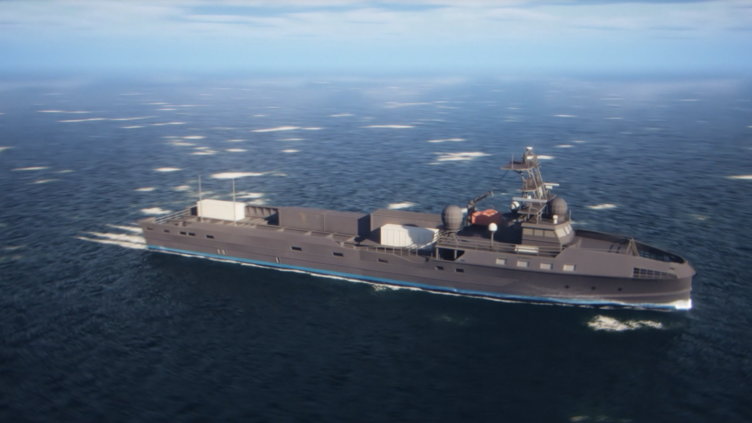
Sea Specter
A stealthy, long-range maritime platform inspired by narco-sub technology, Sea Specter™ navigates undetected while delivering critical supplies and firepower deep into contested waters.
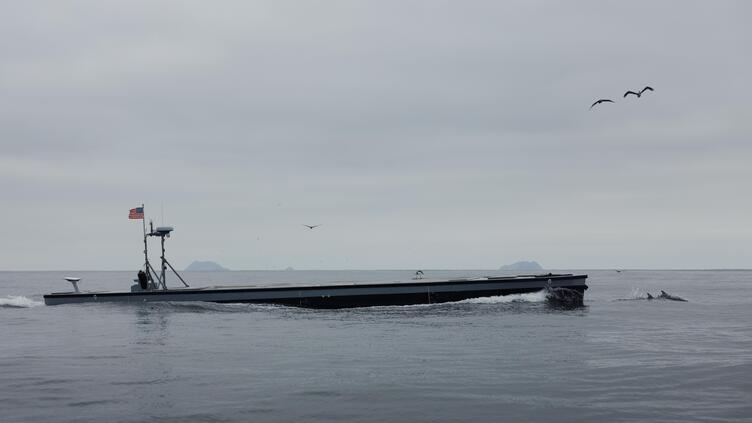
Sea Hunter
Sea Hunter is an autonomous, unmanned surface vessel (USV) designed for long-duration maritime surveillance and reconnaissance missions. Built for anti-submarine warfare and intelligence gathering, Sea Hunter operates without a crew, leveraging advanced AI and sensor technology to navigate and execute missions with minimal human intervention.
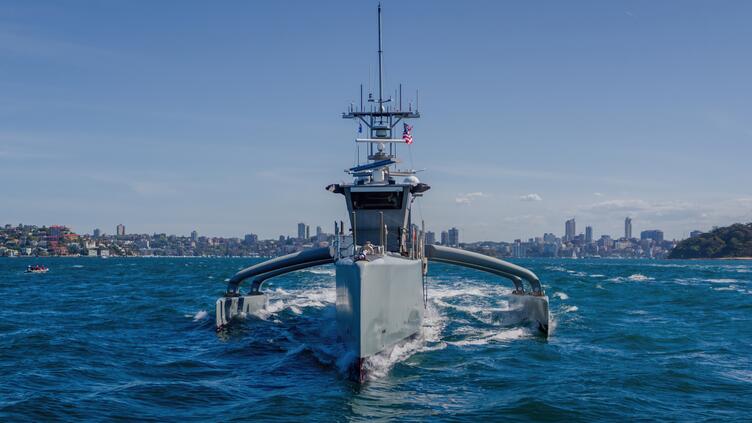
U.S. Navy deployment puts Leidos autonomy on display
Four unmanned vessels with Leidos autonomy technology cross the Pacific Ocean for the first time and visit several western Pacific ports.
Sea Castle
The ultimate force multiplier for unmanned underwater vehicles (UUVs), Sea Castle™ provides in-water recharging, data transfer, and mission updates to extend operations without breaking the surface. Sea Castle is compatible with multiple vehicle types and is supported by Mahi and OptiNAV software.

ADC MK5
ADC MK5 is the U.S. Navy’s next-generation torpedo countermeasure. This autonomous, 3-inch expendable device launches from a submarine’s internal system. ADC MK5 enhances submarine defense and can be adapted for other applications, ensuring the Navy stays ahead of evolving undersea threats.
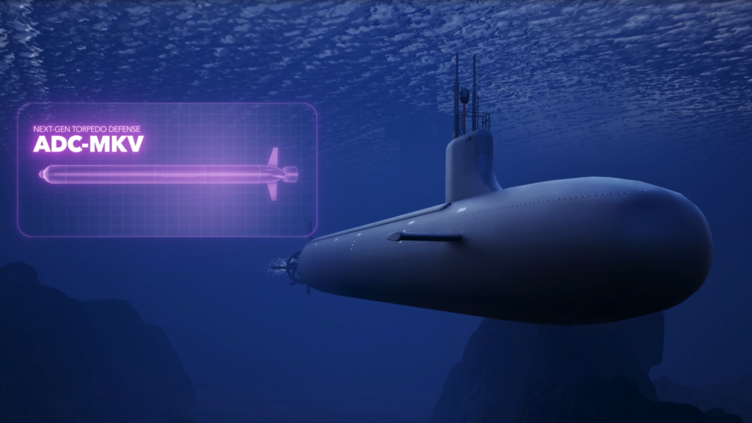
LAVS
The Leidos Acoustic Vector Sensor (LAVS) is a compact, cost-effective solution for ocean surveillance, marine mammal monitoring, and situational awareness. Unlike standard hydrophones, LAVS adds 3D directional sensing to improve detection and reduce ambiguity. It outperforms traditional sensors at a fraction of the cost.
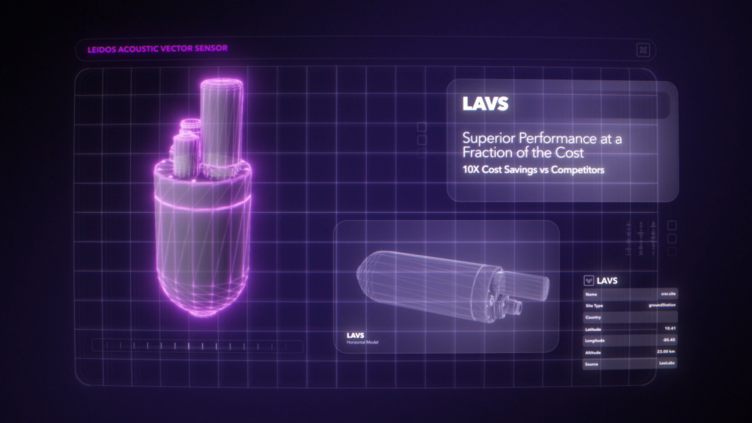

“We’ve already proven we can deliver hardy autonomous ships capable of completing a variety of missions. They were cheaper to produce than standard ships, and they were able to keep working despite long hours, days, and weeks at sea.”
Dave Lewis
Senior Vice President, Sea Systems
Small Vessels. Big Impact.
Mature Autonomy.
Leidos has deep experience developing small unmanned surface vehicles (sUSV) built for any maritime environment. These low-cost, high-performance platforms are designed for stealth, speed and endurance. They enable autonomous fleet coordination and real-time mission adaptability, offering scalable solutions for modern naval operations.
A new generation of undersea drones
Learn how Leidos is developing unmanned underwater vehicles (UUVs) with advanced artificial intelligence (AI) and sensing.




